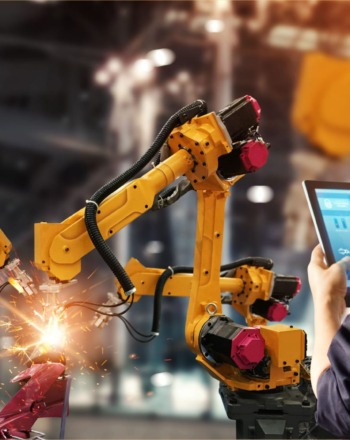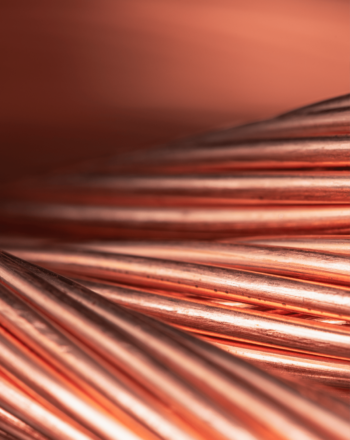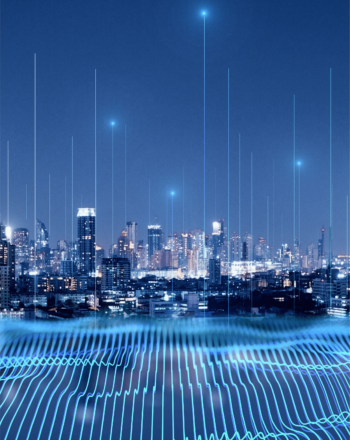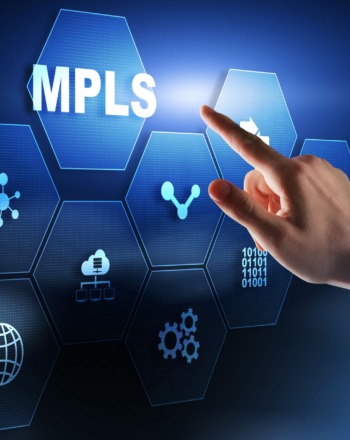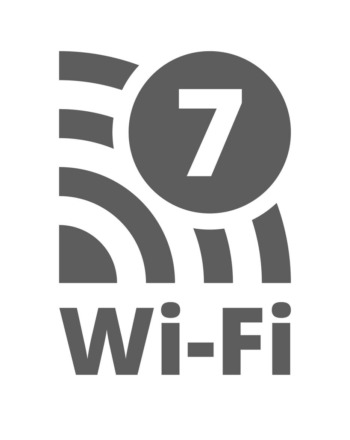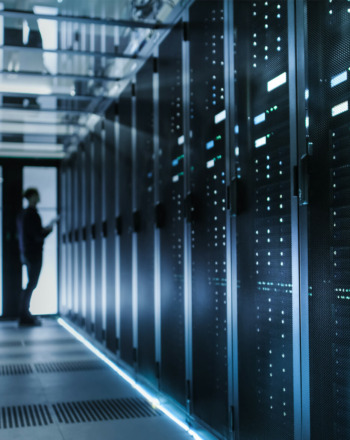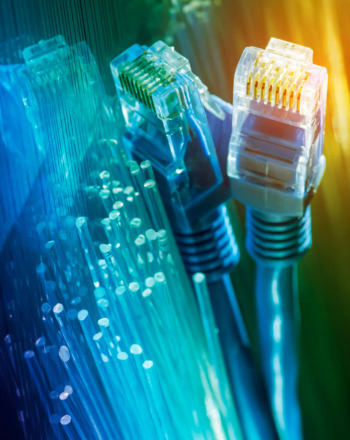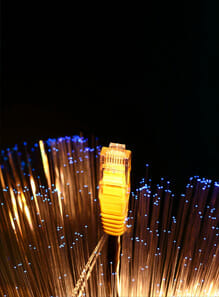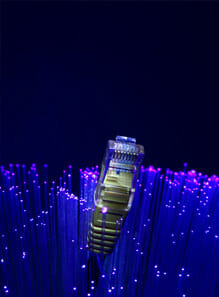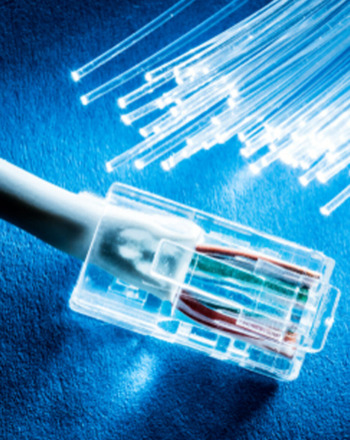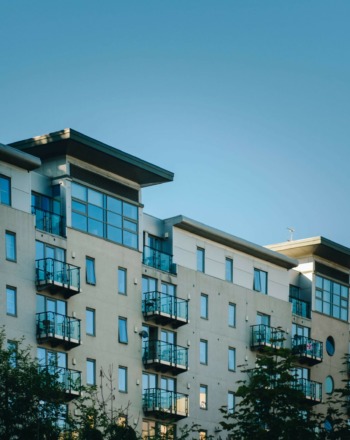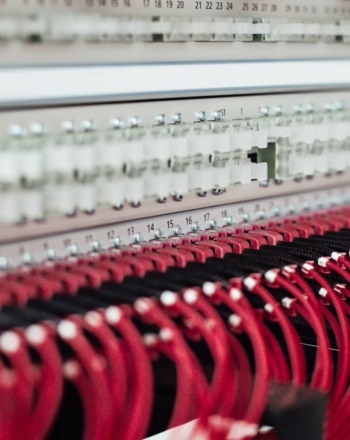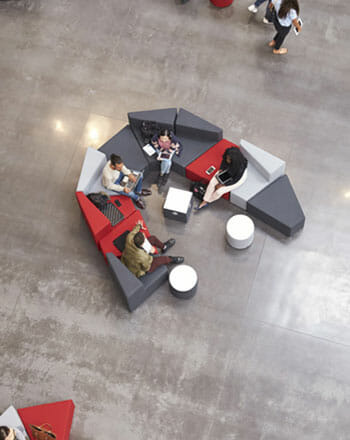We regularly hear the term ‘smart’ being used in today’s world. From phones to electricity meters, ‘smart technology’ is being used more and more in our everyday lives as time goes on. The word ‘smart’ is an acronym for Specific, Measurable, Attainable, Realistic, and Timely. It refers to the use of data to guide how something works. A ‘smart city’, therefore, refers to an area that uses a variety of different data-driven methods to make it function. Data is used to manage everything from assets to resources and services, ensuring that the city functions smoothly and efficiently.
A smart city uses technology and the Internet of Things to collect data and use this to ensure that the city is run properly, from managing resources to crime, governing, and traffic amongst other aspects.
More and more cities around the world are taking on smart aspects, this is being seen as our future, and central to the emergence of smart cities is fibre optics.
The Importance of Fibre Optics
Alongside 5G, fibre optics are the key to smart cities. The truth is that they would not function if smart cities were run purely on old, slow copper internet wires. Fibre optics, however, offer fast, ultra-broadband with low latency communication, enabling high levels of data to be collected and analysed, and consequently used to run the city in an effective manner.
There are three types of fibre optic networks – FTTH or FTTP (Fibre To The Home or Premises) – using fibre optics to run internet from the telecom operator right through to the end user, FTTC (Fibre To The Cabinet) – using fibre optics to run internet from the telecom operator through to a cabinet in the road, and using copper cable from there to the use, or Fibre To The Tower – connecting the internet to cellular towers using fibre optics, which is then transmitted to mobile phones.
Fibre optics can support the requirements that smart cities currently have, as well as what we may need in the future, and this is why they are so fundamental to the emergence of these smart cities.
What are the Benefits of Fibre Internet?
Smart cities would not be possible without fibre internet, and there are many benefits to having it – even if you are not living in a smart city! Some of these benefits include:
- Speed – compared to other forms of internet, fibre internet is remarkably fast. Fibre optic internet with a speed of 1Gpbs would take 40 seconds to download a 2-hour film, whereas cable internet with a speed of 100 Mbps would take 7 minutes.
- Reliability – fibre optic internet can handle many more users and a much higher amount of data transfer than traditional copper wire internet. This means that you will get a quicker, smoother data transfer. It also is not affected by power outages (unlike energised wire), meaning that there is less of a chance of interruption to service.
- Upload and download speed – copper wire internet usually gives more space for downloading than uploading, meaning that it takes longer to upload than download. Fibre optic cable gives both the same speed.
- Multiple devices – we often use multiple devices in the world today, which can be less effective when they are all used at the same time on the traditional copper wire internet. Fibre optic cable enables multiple devices to be used at the same time without compromising quality.
What are the Benefits of a Smart City?
No doubt, the future is smart. Compared to conventional cities, there are several benefits in the urban environment. This is for several reasons, and there are several benefits of smart cities compared to conventional ones. These include:
- More effective decision-making and provision of services using big data. This means that services and resources can be more easily controlled, ensuring that there are no shortages or abundance.
- Better engagement between the public, government, and services. This means that the public can have more of an impactful input to the running and government of their cities.
- Safety. The presence of security technology such as number plate recognition and CCTV can help to keep the city safer.
- Lower environmental impact. The presence of smart technology means that energy can be used more efficiently across the city as well as human behaviour being better understood, lowering the impact on the environment.
- Better transport. The understanding provided by smart technology can help to ensure that public and private transport is better controlled, more effective, and more economic.
- Predictive analytics. From the use of roads and their need for repair to the management of resources, smart technology enables predictive analytics to ensure that the city’s infrastructure is as robust and effective as possible.
Fibre City Solutions with Glide
Here at Glide, we are looking to provide the world with high-quality fibre optic internet – ideal for the development of smart cities and to support the kind of technology that we are seeing increasingly used in industries such as build to rent and student accommodation development in the UK today.
For more information about how we can help you with our fibre optic internet, get in touch with us today!








